In 2010, when Bengaluru-based Sandhya Chandrasekharayya tossed the idea of winter trekking to the locals of Sankri village in Uttarakhand’s Uttarkashi district, they were nonplussed. “No one treads this trail off season,” they remarked, pointing to Kedarkantha — a route on which they would graze their sheep and cattle in summer. Sandhya was not the sort to take no for an answer. After all, she had started her trekking organisation, Indiahikes, only a year ago. “The moment I got to know of Kedarkantha, I called out to explorers interested in a four-day winter trek to the 12,500-foot-high peak. Luckily, 18 people joined us, most of them had gone for the Roopkund trek with us that autumn. We gathered at Sankri on Christmas and started the climb the next day,” she shares.
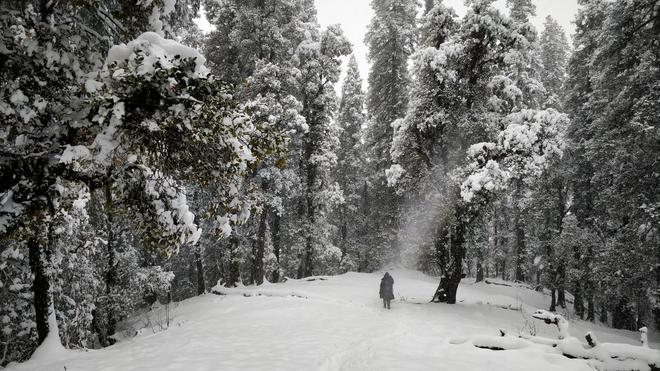
For Sandhya, her virgin climb to Kedarkantha, in one word, would be “surreal”. “The sceneries were unlike anything we had seen. They changed with the altitude. We met snow somewhere in the middle. The next day, we started again at 4am and were probably half a kilometre from the summit when we saw sunrise. The colours were splendid. We slid down while descending and became kids again. I will never forget that experience,” she says.
Thirteen years on, Kedarkantha remains one of the most popular winter treks offered by Indiahikes. It costs upwards of ₹10,725 approximately. “Around 900 trekkers signed up for Kedarkantha trek this year,” shares Swathi Chatrapathy, chief editor of Indiahikes. While the exact number of trekking companies is hard to ascertain, Internet leads you to nearly 40 of them which offer winter trekking to over 20 destinations across the Himalayas. Thrillophilia, for instance, has listed 31 winter treks on its website. The costliest of these treks is the one to the Everest Base Camp Trek, Nepal, priced upwards of ₹46,950.
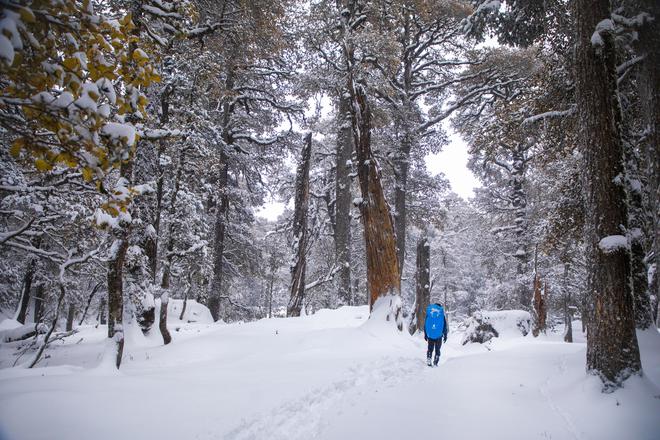
The treks are rated from easy to difficult on various parameters, ranging between duration and steepness of the climb. However, treks to peaks over 13,000 feet are not recommended during winter. Founder of Himalayan Hikers, Chain Singh Rawat, 43, from Saurgaon, Uttarkashi, suggests six treks offered by his company — Kedarkantha, Dayara Bugyal, Brahmatal, Kuari Pass, Chopta and Tungnath (Chandrshila Trek), and Nag Tibba.
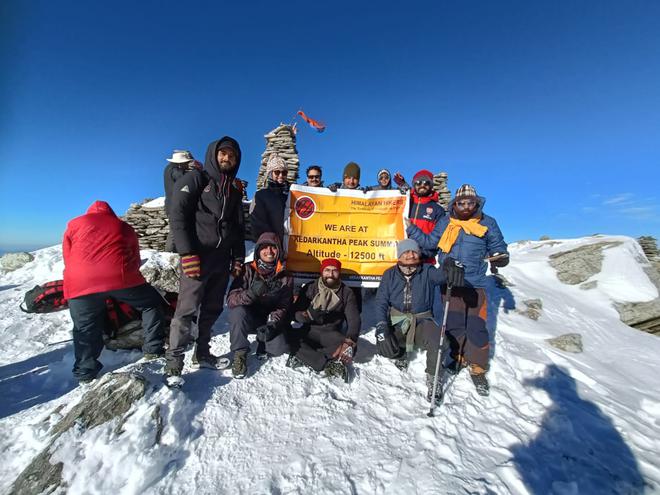
Also serving as the secretary of Har ki Dhun Protection and Mountaineering Association, an organisation that undertakes trekking expeditions along with social work in the region, Chain shares, “Harsh weather is the trickiest part in winter. The temperature dips to -10 degrees Celsius at a few places, which is why North-face climbs and peaks above 12,500 feet could be dangerous.”
For mountaineering guide and skiing instructor Anurag Sood, founder of Climb The Himalayas, who has been trekking in winter since 2006, the sole motivation to climb was to carry his skiing equipment to the top and glide down. Soon, he got “hooked to trekking”. Narrating an experience, Anurag mentions the Chadar trek or Zanskar gorge trek — a 105-kilometre trail over the frozen Zanskar river in Ladakh during winter. “I did it thrice — in Feburary 2014, and January 2016 and 2017. The main reason why this 11-to-14-day trek is one of the most cumbersome is the thin ice on the frozen river. There is a risk of falling into the water, which could cause hypothermia and even death,” he says.
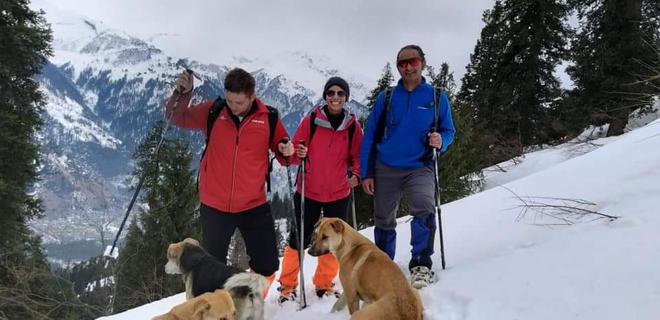
Because of the dangers involved, the trek is run by locals. “Not every company can offer good gear such as high-altitude tents designed for -20 to -30 degree Celsius. The other problem is experience. Newcomers are at risk on such treks. When people start getting stuck, the administration has to take charge,” says Anurag.
Weather, too, is a challenge. Ravi Ranjan was the slope manager at the Indiahikes base camp in Kotgaon, Uttarakhand, for the Kedarkantha trek on January 22, 2019. The sky was overcast in the morning and they were anticipating snowfall by late afternoon. As there was no network connectivity in the area at the time, they could not track weather updates in real time.
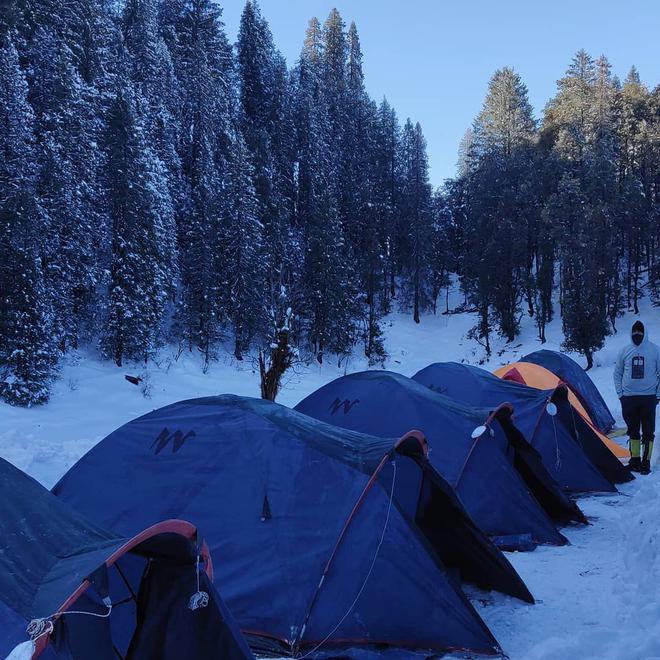
“There were six trekkers on the trail. It began to snow by 1pm and we felt they would love the experience. However, within a couple of hours, we saw the snowflakes increase to the size of a fist. We knew it was an emergency. We asked all our team members to evacuate. To bring the trekkers down in snow up to the knees was challenging. While all trekkers descended safely, one of our team members, while bringing the trekkers’ backpacks, slipped and fell on broken branches of a tree, one of which pierced through his legs. Reinforcements were sent. After giving first aid, two team members brought him down, carrying him on their shoulders, covering three kilometres in six hours. As all roads were closed, we provided him medical care for three days and then took him to a hospital in Dehradun. He still works with us,” he says.
Trekker’s diary: A thrilling memory
While most trekking companies offer food, travel, camping and trekking equipment like gaiters and micro spikes, instructors share a list of must-haves for winter trekking. “Carry a quality windcheater-cum-raincoat because the weather is unpredictable. Sunlight is harsh, so a pair of goggles is needed. A heavy-duty moisturiser will take care of the dry weather and most importantly, a proper pair of waterproof hiking shoes,” says Anurag.
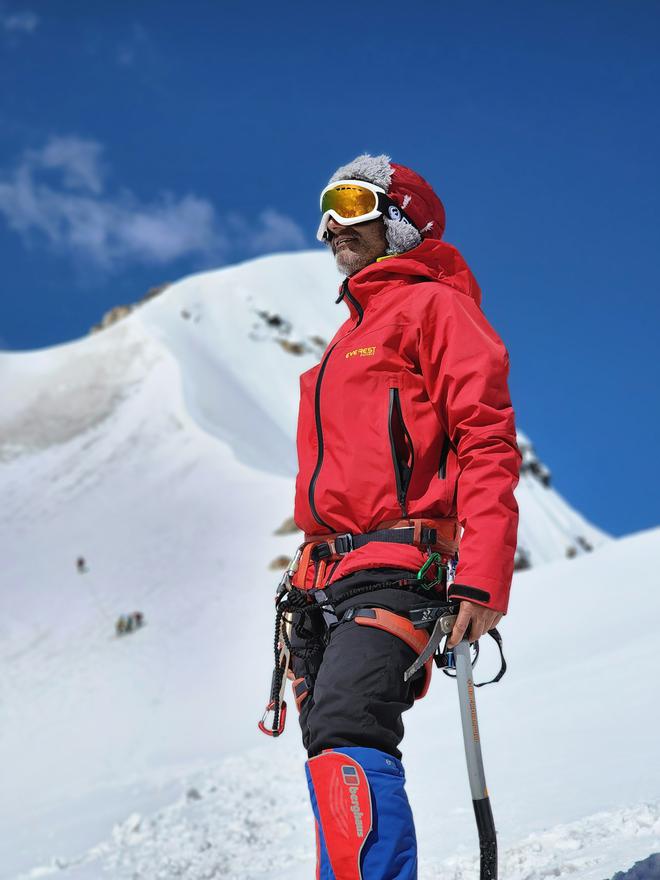
Winter trekking has only picked up, commercially, about a decade ago and mostly interests the youth, says Chain. “People mostly in the 20-40 age group sign up, but we had two American trekkers aged four and six, accompanied by their parents, on a trek last year. A 75-year-old man from Calcutta, too, had signed up,” he says.
If one is planning an expedition, says Ravi, fitness is paramount and it is better to start with an easy trek in favourable weather. “Treks like Dayara Bugyal, Brahmatal and Kedarkantha are ideal treks to start with. They allow you to understand how altitude impacts your body. If you are able to run five kilometres for three-to-four days under 35 minutes in a week, you could go for an easy-to-moderate trek. For difficult treks like Bali Pass (from Uttarakhand’s Sankri village to Janki Chatti), Lamkhaga Pass (from Kinnaur, Himachal Pradesh, to Harshil, Uttarakhand) and Kugti Pass which connects Bharmour region of Chamba valley to that of Chandra-Bhaga (Chenab) river in Lahaul, one should be able to run 10 kilometres in 60 minutes consistently,” he adds. “Mountains look beautiful, but they will test your limits. They will break you down, but they will give you joy.”
Trekking in snow? Read this
Ravi of Indiahikes shares a list of what is a must if you are planning a winter trek:
- Choose the right organisation. It’s important to understand the credibility of the organisation, its safety practices, and the training its team members have undergone.
- Choose the right gear. A substandard backpack could ruin an entire expedition and shoes without high-ankle support could twist your ankle.
- Understand how to keep your body warm and learn about altitude mountain sickness. Carry medication and ask an expert how to tackle mountain sicknesses. It’s better if someone in the team is experienced or trained in wilderness safety.
- Have an evacuation plan. Weather in the mountains changes rapidly. Learn and discuss how to handle such situations.
- Take necessary permissions. Usually all treks within India come under the purview of the Forest Department. Any expedition above the height of 6,000 metres requires permission from the Indian Mountaineering Foundation.







